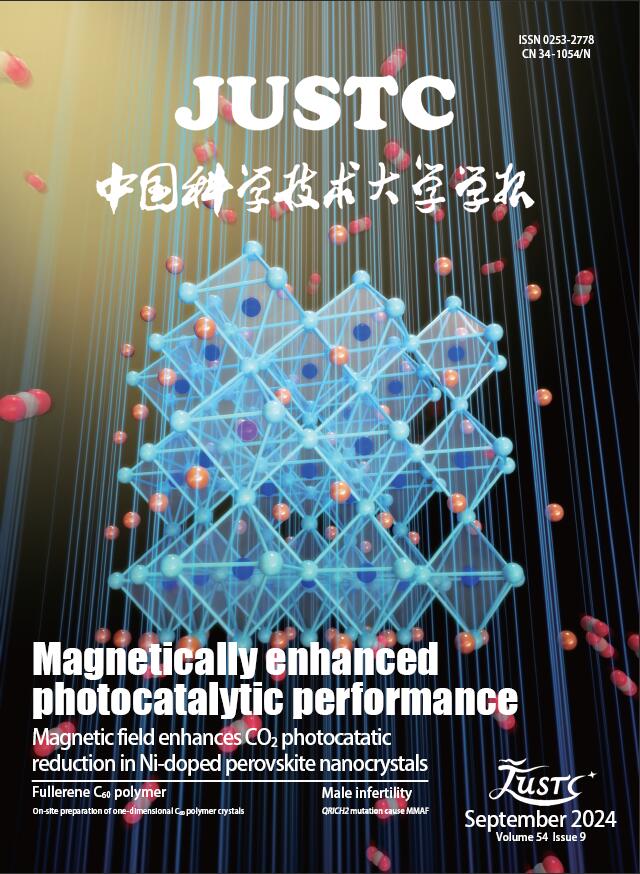2014 Vol. 44, No. 10
Display Method:
2014, 44(10): 811-817.
doi: 10.3969/j.issn.0253-2778.2014.10.003
Abstract:
2014, 44(10): 828-834.
doi: 10.3969/j.issn.0253-2778.2014.10.005
Abstract:
2014, 44(10): 835-838.
doi: 10.3969/j.issn.0253-2778.2014.10.006
Abstract:
2014, 44(10): 844-852.
doi: 10.3969/j.issn.0253-2778.2014.10.008
Abstract:
2014, 44(10): 853-861.
doi: 10.3969/j.issn.0253-2778.2014.10.009
Abstract:
2014, 44(10): 862-866.
doi: 10.3969/j.issn.0253-2778.2014.10.010
Abstract:
2014, 44(10): 874-880.
doi: 10.3969/j.issn.0253-2778.2014.10.012
Abstract:






